Next up
Behind the scenes look at the first person modeling and animation. While the soldier won't be seen, hands and arms (and sometimes feet) will be. So we can cull out the body in first person-only model to make it more efficient.
We're still working on the Gewehr 1898 German rifle: adding more detail, UV unwrapping the mesh to apply texture via a texture painting app, then baking it all into the final game asset. Since this is so close to the camera, the quality needs to be high.
I won!? Still not sure I believe it! I'm still playing on the PS1, so this will be a huge upgrade for me! Now I can't say I've haven't won anything, anymore! Thanks so much to the Game Jolt!!!!
First pass at the German Mauser 1898, one of the common rifles used early in World War 1. This is a step towards creating our German soldier. We have the AI, now part of the rifle. Next will be modeling and animating the soldier.
Debug lines! Testing firing-ranges and damage fall off from distance, as well as targeting various groups of enemies with a bit of chaos mixed in.
Testing enemy AI is complex and visual debugging and feedback is an integral step to figure out what's going on in real time. Thanks to our AI programmer James on getting the enemy AI in.
Need to add a bit more variation in my death animations since they just fall forward or backward. Death isn't this neat and tidy.
Our Brotherly War is an action strategy game where you move your armies around the United States and engage in real-time battles with infantry, cavalry and cannons.
Casualties are permanent, resources are scarce, and the battles are uncertain.
Idle animation is almost done. I made the bones visible so you can see how each one has to move in a particular way to make the whole body move. We then blend these animations in with other ones, such as walk/run, look up and more.
Without any AI implemented yet, the opponent just stands there and gets shot. Working on that next!
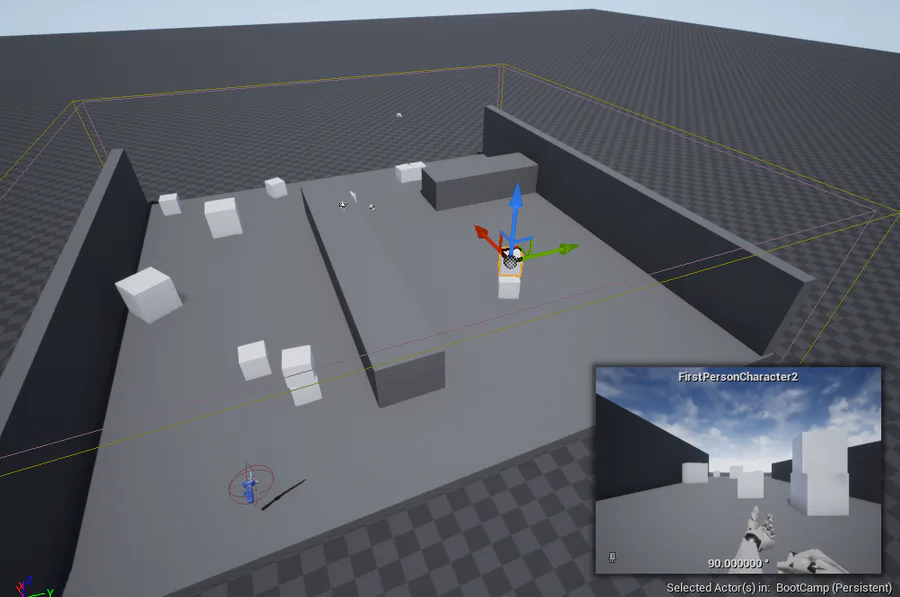
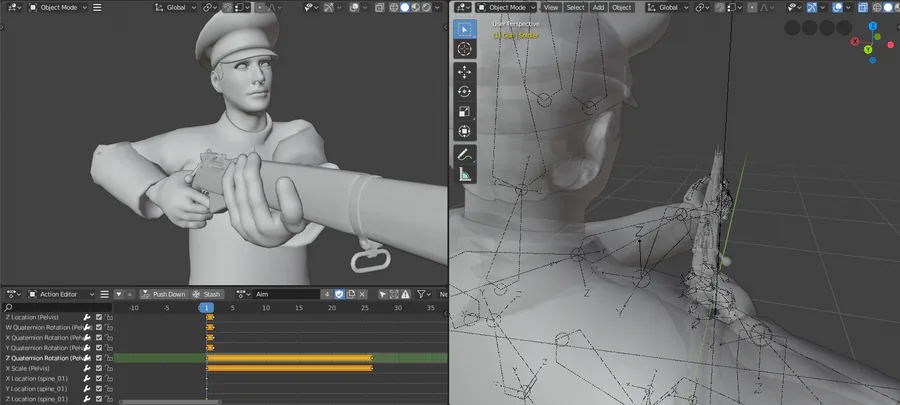
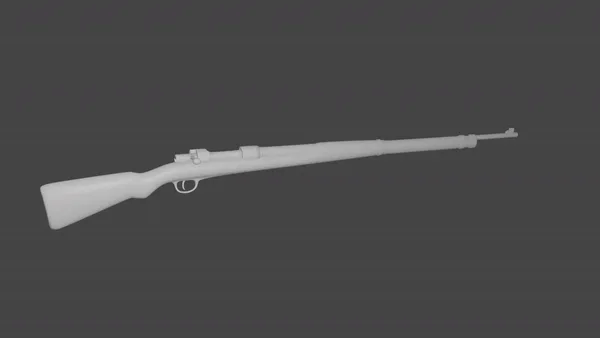

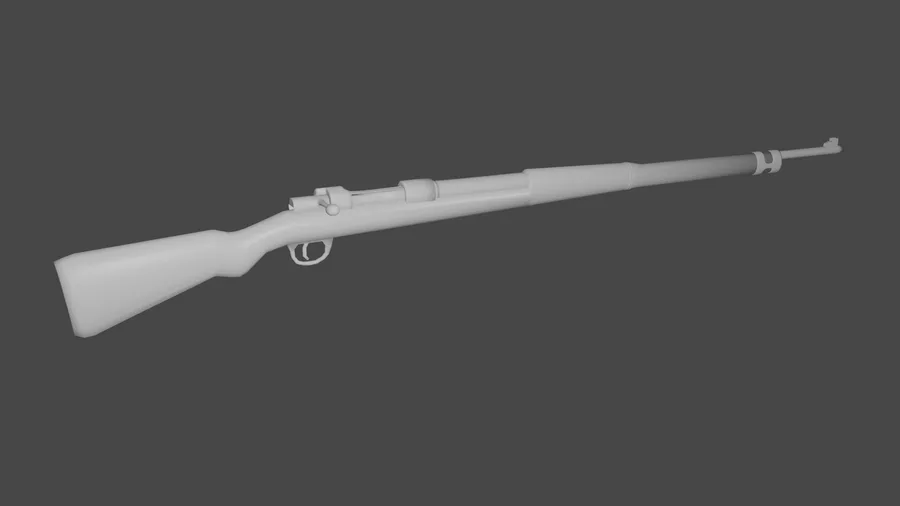
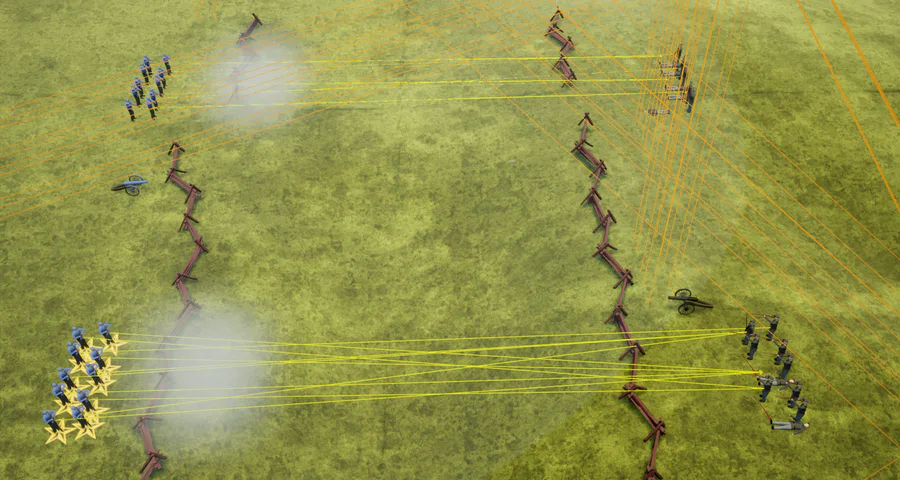
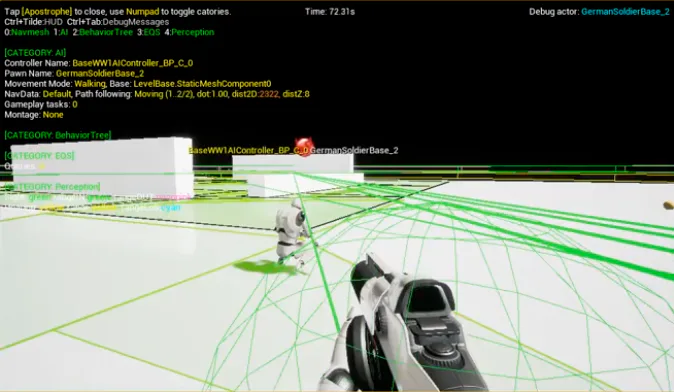


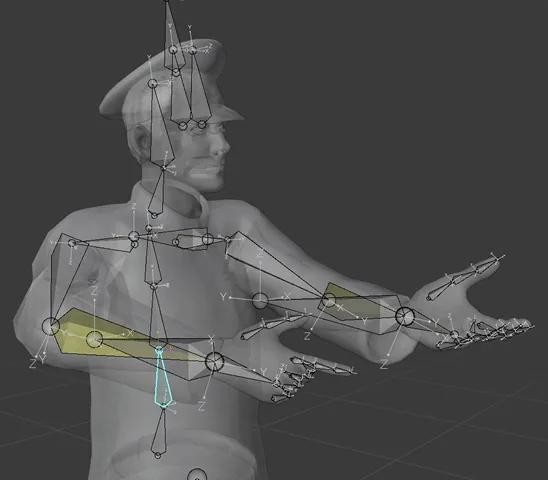
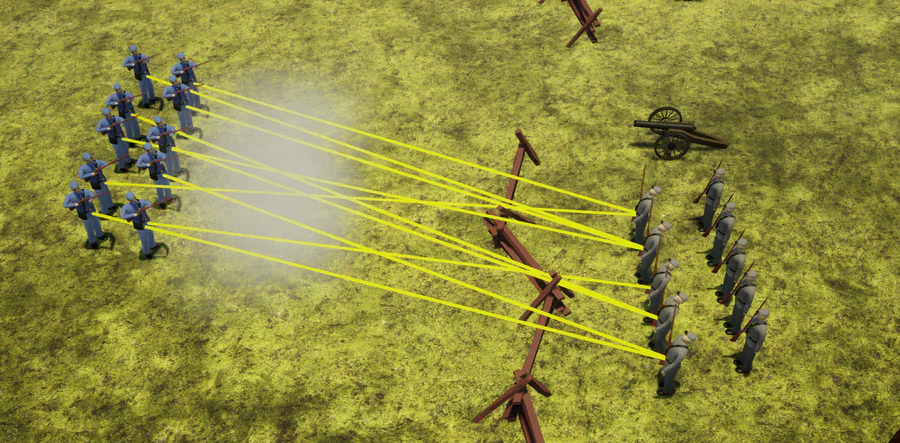
1 comment